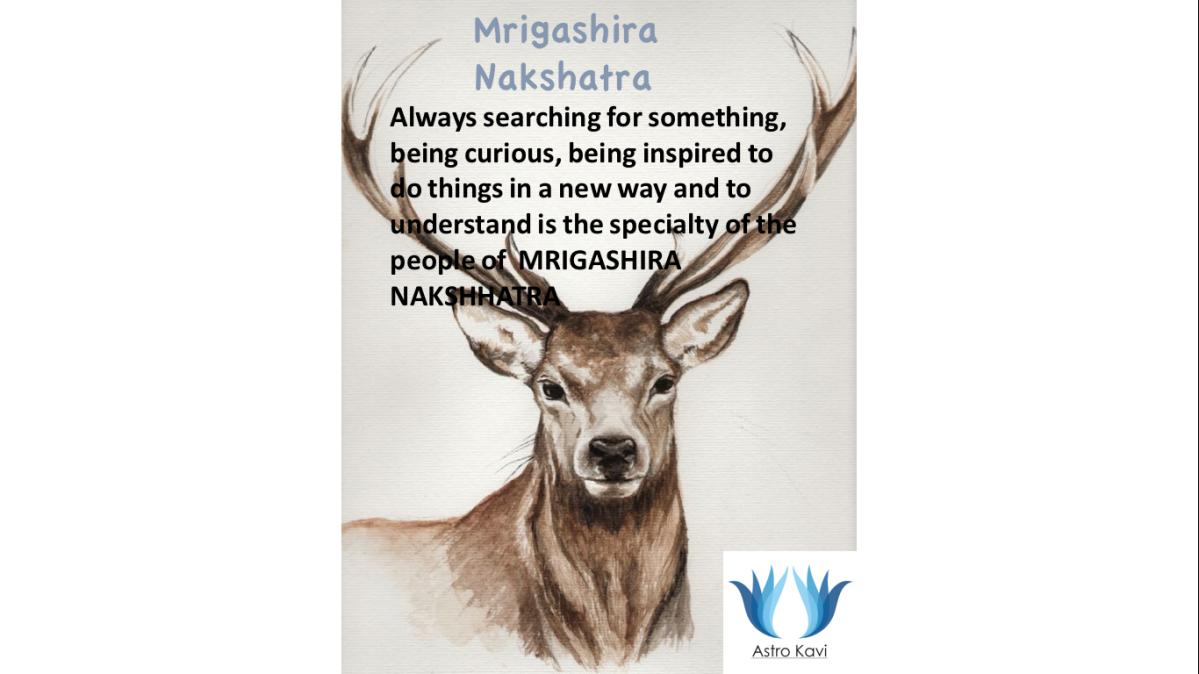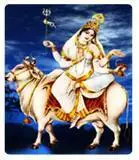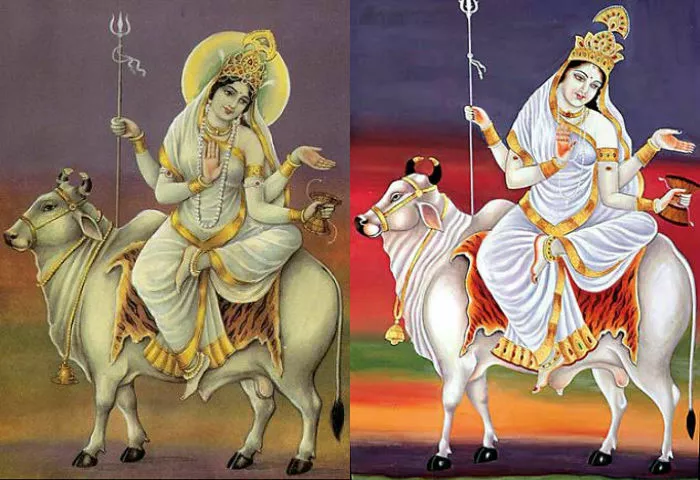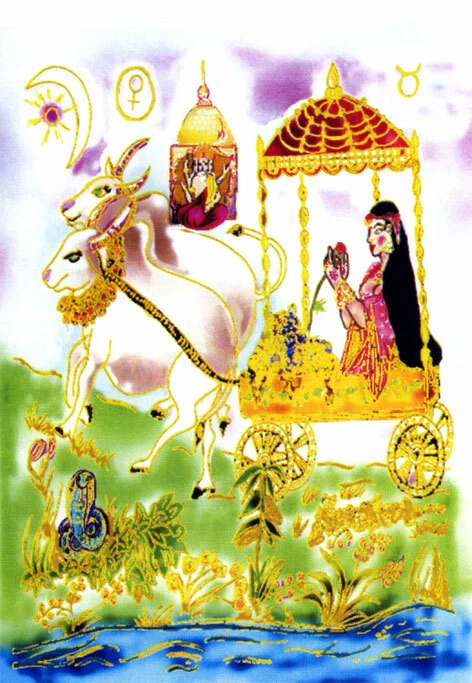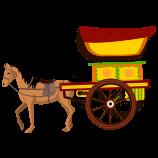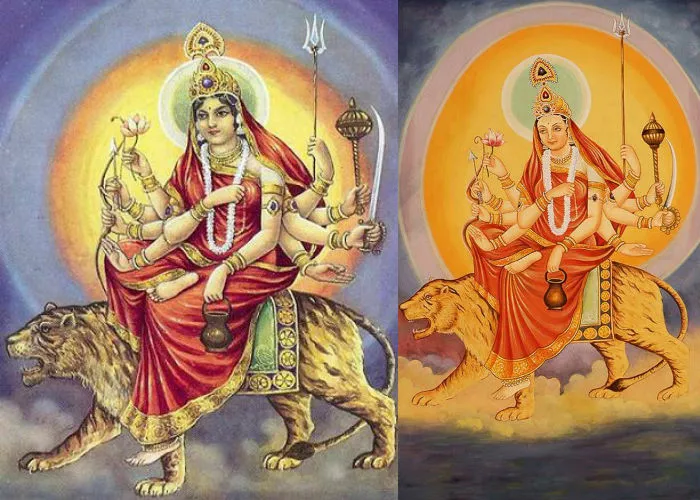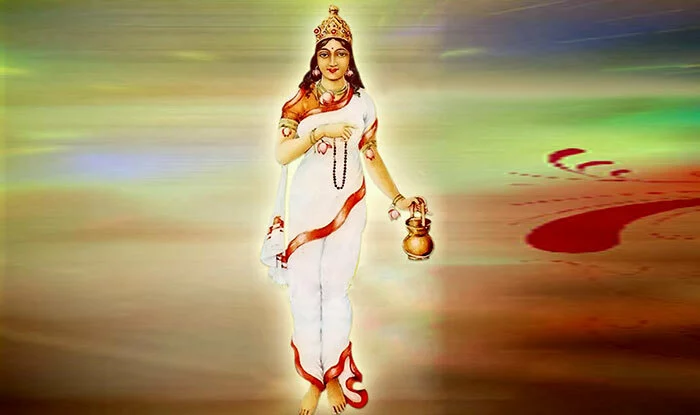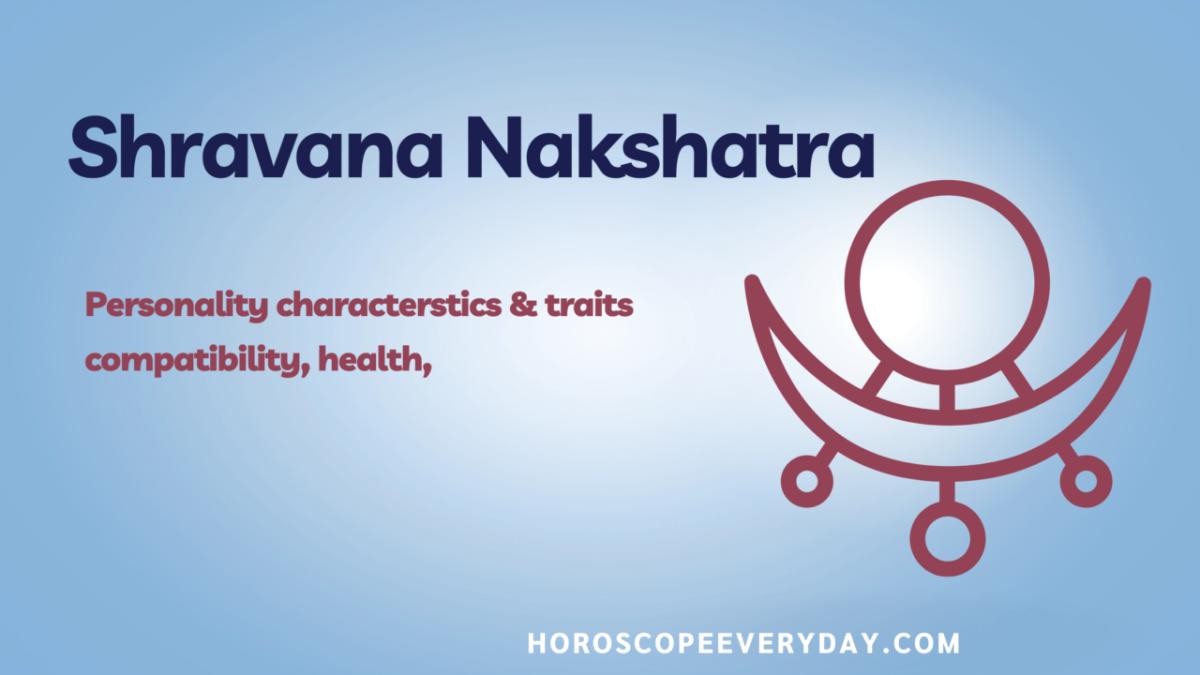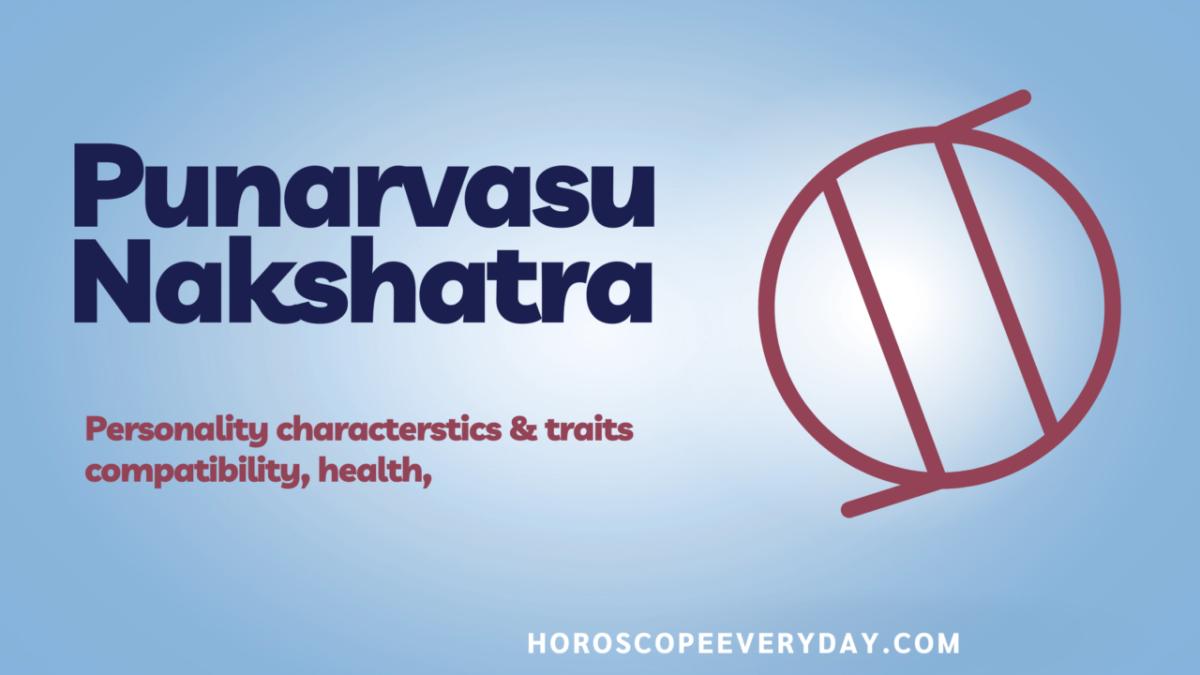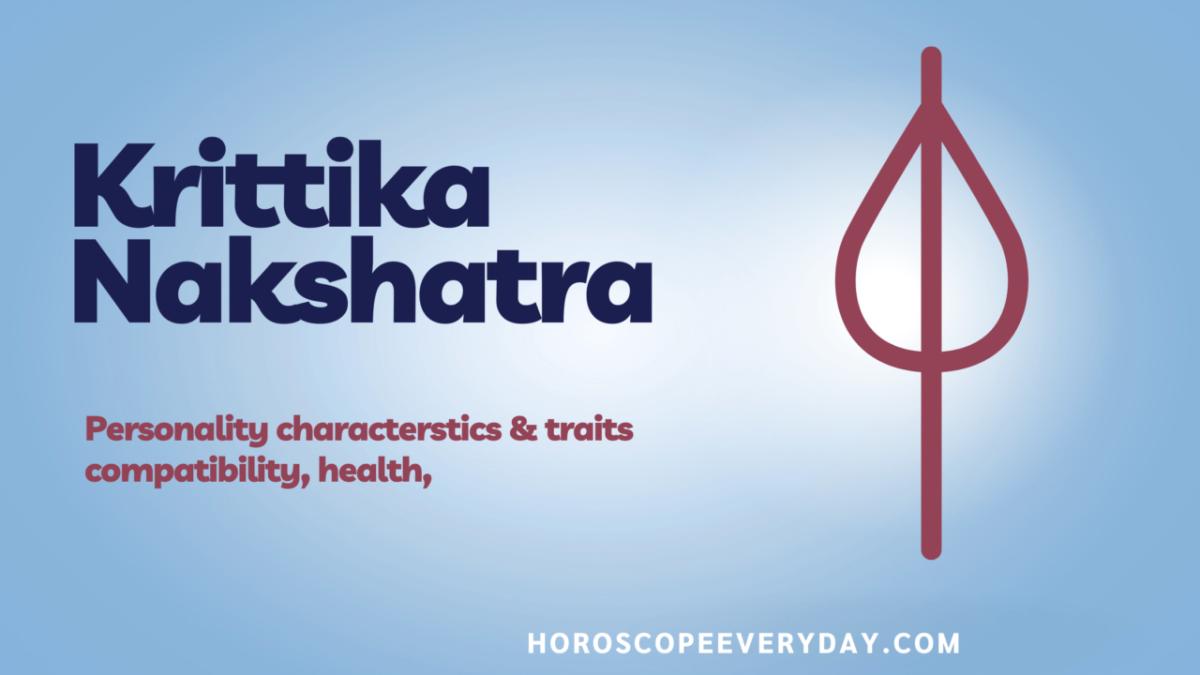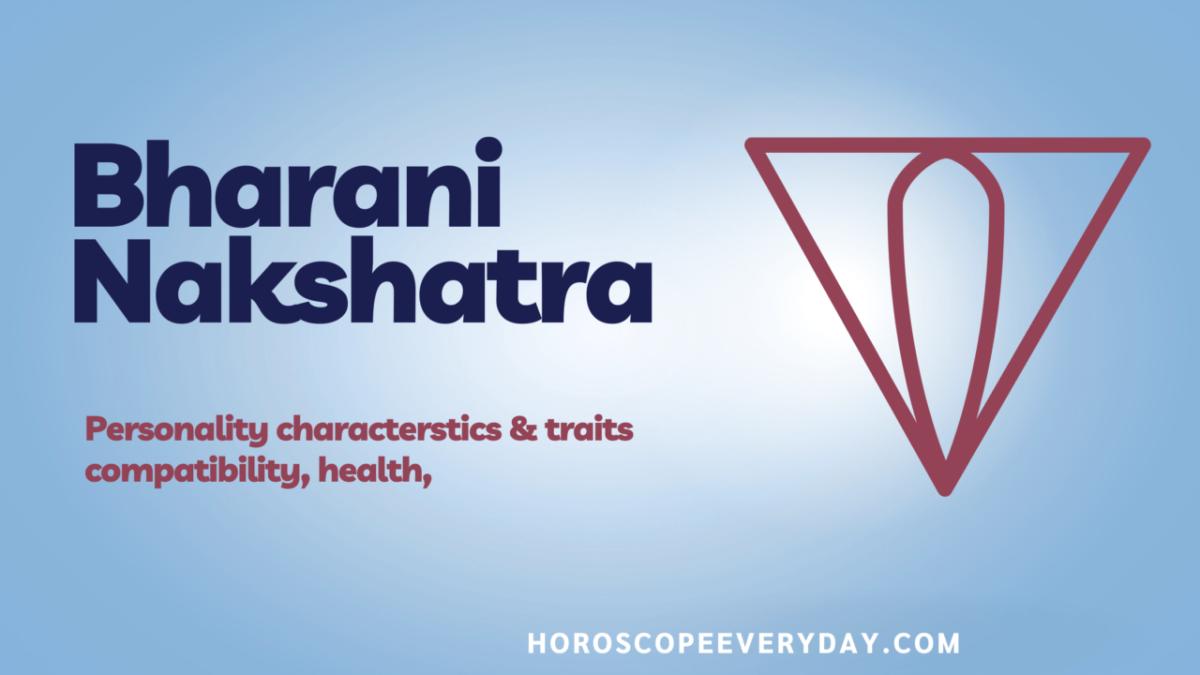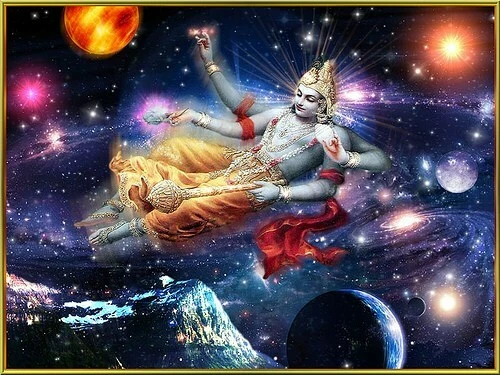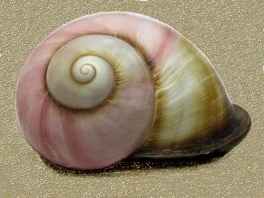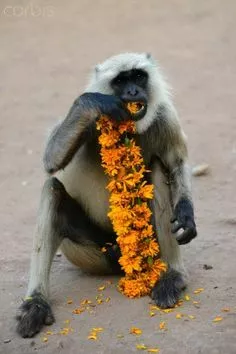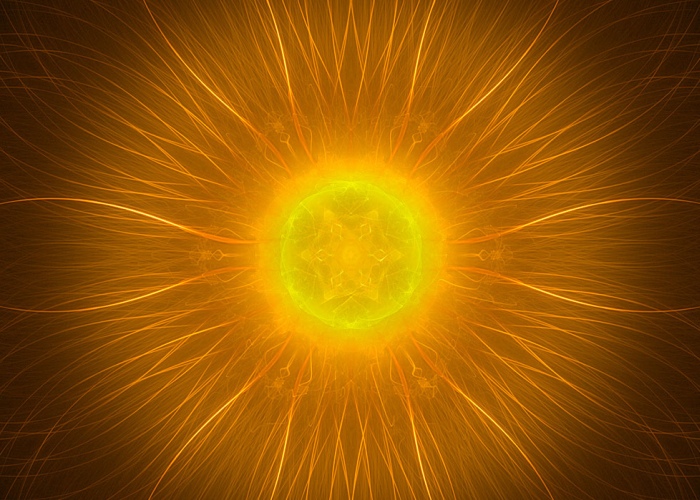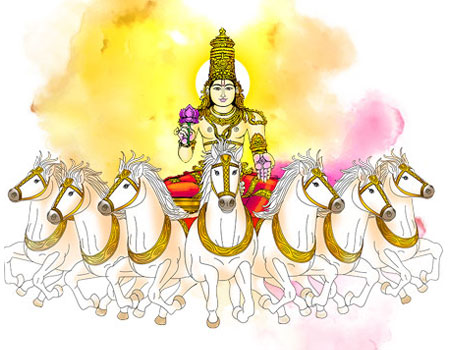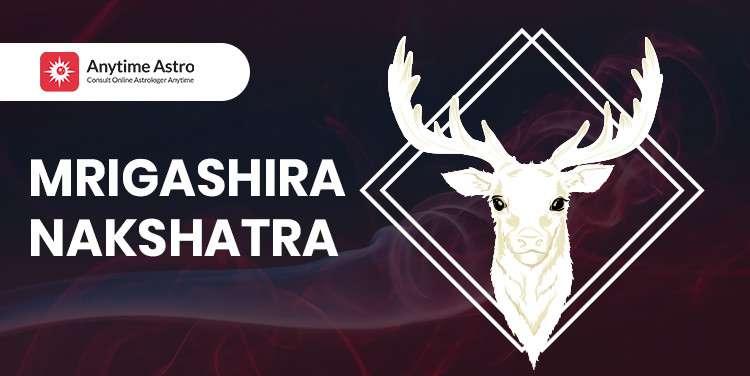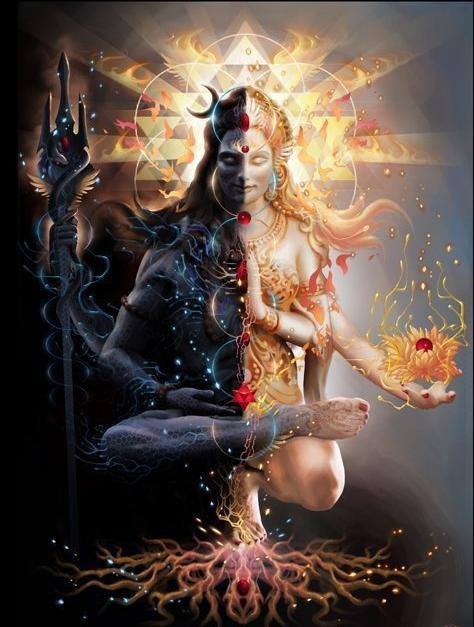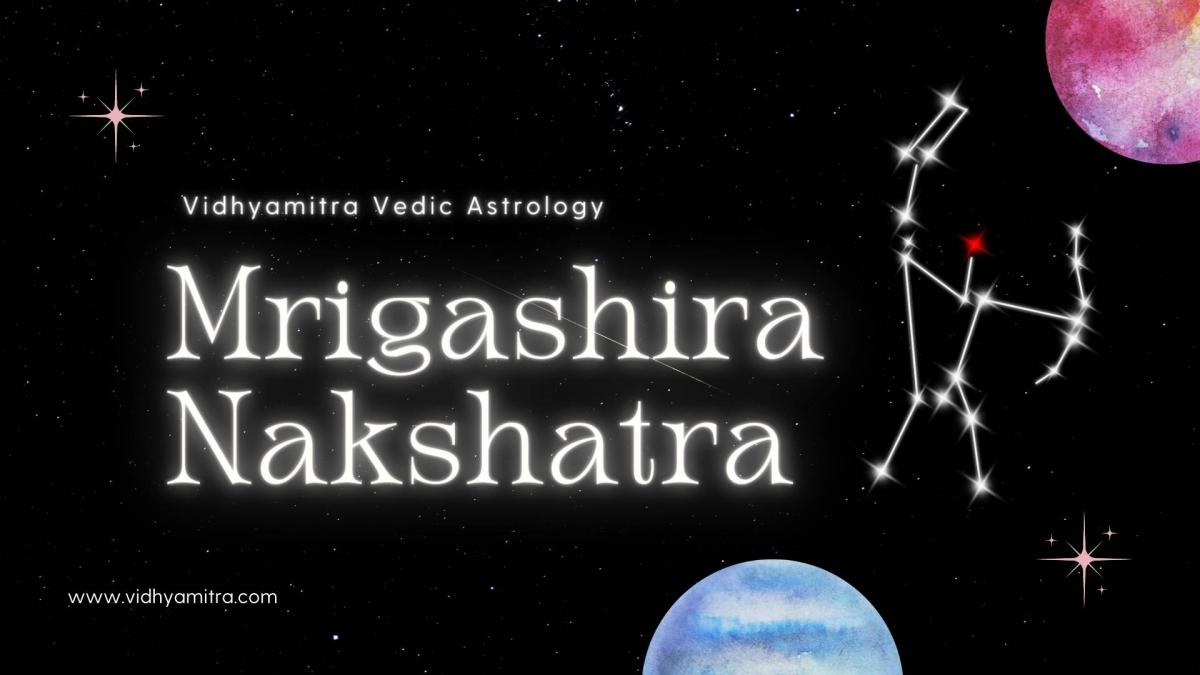
Natives born in #Mrigashira #Nakshatra are friendly, sincere, easily trusted, gain several friends, have a large social circle, attracted to romantic partners, chase things of interest, lover of travel, and enjoy exploring new places,
Mrigashira Nakshatra in #astrology is one of the Tiryaka Mukhi Nakshatras (or the #Nakshatras, which have their mouths curved). In these Nakshatras, things related to roads, dams, the expansion of metals, chariots, boats, etc., can be auspiciously begun and performed.
Symbol: A #Deer
The symbol for Mrigshira (Mrigasheersha) is Deer.
Deity: The #Soma
The deity of Mrigashirsha is Soma. Soma indicates a plant or a creeper. Soma is also one of the names of the Moon. Soma is a master of great mantras or chanting.
He is fast and sustains senses. He is the owner of wealth, food grains, and nourishment. The deity of this Nakshatra is also called Chandra or the Moon. Chandra means the one who shines or glitters. One more meaning of the word Soma is the one with a mate.
Characteristics of Mrigashira Nakshatra in Astrology
The animal of Mrigashira Nakshatra is a# female #snake, and the soul of this nakshatra is a #Cobra.
The natives of Mrigashira Nakshatra have a very similar attitude to a male snake but are more private, secluded and submissive. Just like the #Rohini snake, Mrigashira is all about eloping when given a chance.
They want to break all restrictions and completely fall in love. The Rohini Nakshatra is more about the pleasure and seduction but Mrigashira is about seduction, pleasure and falling deep in love.
Female cobras build a nest and remain nearby to protect it, but male king cobras try to avoid fights.
Mrigashira becomes extremely protective of their lovers, children, especially on the Taurus side of this Nakshatra.
There is still a strong foundation of material search and protection in their life.
The sense of sexual pleasure is extreme with both Rohini and Mrigashira Nakshatras.
When these two Nakshatras get along, there is an instant electrical charge of attraction, but at the end, Mrigashira wants more while Rohini, the male cobra, looks for another to mate with.
It’s a great dating relationship between the two Nakshatras, but not a long term.
There is always the caress and coil the other individual during love making, even crushing them.
The deity of this Nakshatra is Soma, the Moon God himself.
Soma is the #elixir, which gives devas #immortality.
The whole story runs about where Soma stole #Tara, the wife of #Jupiter, who was too busy with his teachings, rituals, and guiding the royal family.
The lonely Tara was seduced by Soma and eloped with him; and became pregnant with his child, who was the #Mercury graha.
This also created a huge scandal for Jupiter, who later accepted Mercury after seeing his intelligence and quick learning skills.
#Moon was always fond of Rohini and spent the most time with her, but he also had an affinity for Mrigashira.
Mrigashira Nakshatra natives, like Rohini, will either elope or have an affair with a person whom they will fall deeply in love with.
Women with this Nakshatra have the tendency of having premarriage children; even in a conservative society, they may get pregnant a few weeks before the wedding.
Mrigashira and #Pushya are two Nakshtras who always tend to either date or marry a partner having a child from a previous relationship.
In mythology, there is a chapter where #Shiva saved Moon (Soma) as he received his boon to have him wax and wane so at least he can be in full phase on one day in a month.
This boon from Shiva was given to him after much effort and prayers. Shiva was so impressed that he took part of the crescent Moon and wore it on his head.
The story of Moon leads to Mrigashira natives having an affinity with Moon, especially the crescent moon.
They will even draw crescent Moon subconsciously on a board in the class or at their work. Many people become fascinated with looking at Moon at night, be big fans of the Apollo program, which landed a man on the Moon, and crescent moon days are highly sexually active.
When we look at Soma, it sounds like a divine drink, which every one of us have looked or thought about at one point in our life.
In reality, these natives do not really get the elixir of mortality, but elixir to escape.
Mrigashira natives are prone to addictive substances like alcohol, drugs, etc.
It isn’t due to the fact they are looking for immortality, but looking to escape this mortal life.
They try to escape from this known consciousness to the world they came from.
This act is also not conscious because they are not trying to be yogis and practice spirituality; they simply do it subconsciously by using their current situation as an excuse, but it is this chasing of elixir that ultimately leads to realizing about spiritual knowledge.
This may happen while they are drunk and suddenly get some type of an epiphany.
When this Nakshatra is occurring in the 12th, 4th, or 8th house, this part of the Nakshtra is very active, most of the time you won’t find them as drunkards or substance abusers.
On the contrary, many natives are actually spiritualists.
Mrigashira Nakshatra connects the Earth element of Taurus to the air element of Gemini, which makes a big difference on the two sides.
One seeks the pleasure of earth or material resources, while the other seeks the pleasure of information to reach the final elixir.
The symbolism of this Nakshatra is a deer’s head.
Deers are extremely good with smells, run fast, gets spooked, constantly searche for food in the forest, run away as soon as they notice you and are highly reproductive.
Mrigashira people have a great sense of smell. They can smell a dirty diaper on a different floor in the house, they can smell a burning food, but they love the rose smell.
The crux of the smell is actually the deer’s musk, which has a wonderful fragrance.
Such people are fast in doing their work, they quickly get into whatever they need to do and accomplish, but also they get spooked very easily and have a hard time with darkness as their imagination goes wild.
Mrigashira natives run away from conflict, constantly search for something in their life, whether it’s the search for pleasure, or when it turns into search for God and, they are highly sexual with their mate.
Mrigashira is #Parvati, and #Ardra is Shiva; what we know about their story is that Parvati had to search for a perfect mate after rigorous penance when she finally found Shiva.
This shows that Mrigashira natives have to go through many failed relationships before they find their Shiva regardless of the gender whether it’s a man or a woman.
Most of the search that occurs for Mrigashira native is the search for a perfect partner.
This Nakshatra has a strong theme of running and searching, which is also chasing.
Mrigashira natives love chasing and stalking things, whether it is something they want to buy or someone they like.
They will always somehow stalk until they have them.
This Nakshatra strangely loves eating meat or exotic meat because it takes place in the searching path of a jungle.
Mrigashira and Ardra Nakshatras both have similar food tastes if they eat meat.
Attributes of Mrigashira Nakshatra in Astrology
Mrigashira Nakshatra extends from 23’20” in Taurus (Vrishabha) Rashi up to 6’40” in Gemini (Mithun). The word ‘Mriga’ represents forests, gardens, a search, a seeking to find, to roam about in the forests and a hunter, to seek, to blaze the trail, a guide, preceptor, an erotic affair, beauty of the countenance with particular emphasis on the radiant lustre of the face, because of Chandra.
Chandra is the Lord of the mind, so all mental attitude, good or bad, sympathies and antipathies, patience and impatience, the fidgetiness and placidity, imagination, the gift of poetry, purity, sweetness, and light, physical and mental aspects, all these come within this star and when things of sweetness and light of physic as also of the mind derivatives from Chandra. Corresponding to these attributes, the horoscope of Rabindra Nath Tagore (a famous Indian poet) comes to mind.
His Janma (birth) Lagna was Pisces (Meena) with Chandra there, and Guru was in Cancer (Karka) Rashi. Because of this yoga, Rabindra Nath had something like physical translucence, which was the object of admiration worldwide, wherever people met. Also, at the same time, his poetry enthralled the whole world.
Description of Mrigashira Nakshatra in Vedic Astrology Treatise
According to Hora Sara: The native born in Mrigashira Nakshatra will be fickle-minded, will have a broad body, will be sickly, prone to several accidents, enthusiastic, and will have many enemies and miseries.
According to Jataka Parijata: If at a native’s birth, the Moon is in Mrigasirsha Nakshatra, he will be soft-hearted, wandering, love-sick, and ailing.
According to Sage Narada: The native born in Mrigashira Nakshatra will be enthusiastic, unstable and timid in disposition, wealthy, a peace-lover, pure in conduct, will know about Tantra (inculcating the methods of worship of Lord Siva and Mother Sakthi), be lordly, learned and skillful.
According to Brihat Samhita: The native born under the star Mrigashira becomes fickle, clever, timid, eloquent, wealthy, and endowed with sensual pleasures.
https://vidhyamitra.com/mrigashira-nakshatra-in-astrology-characteristics-padas-remedies/

